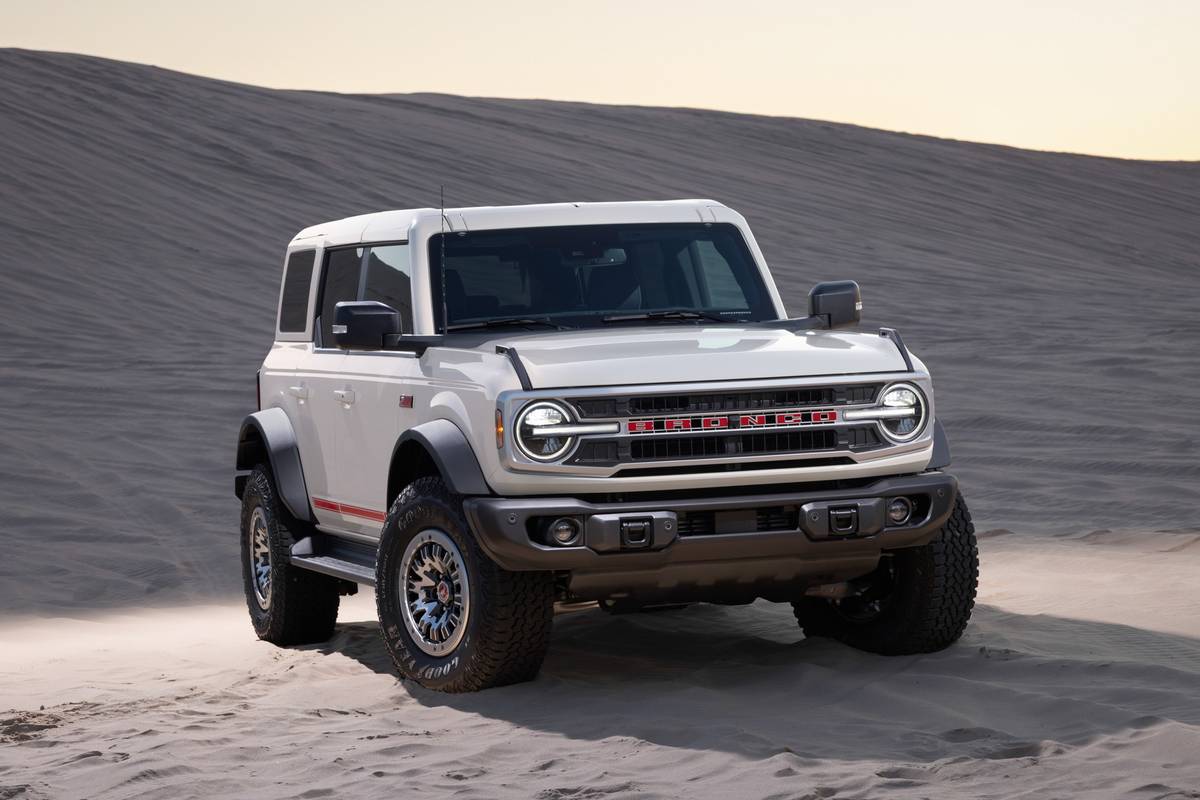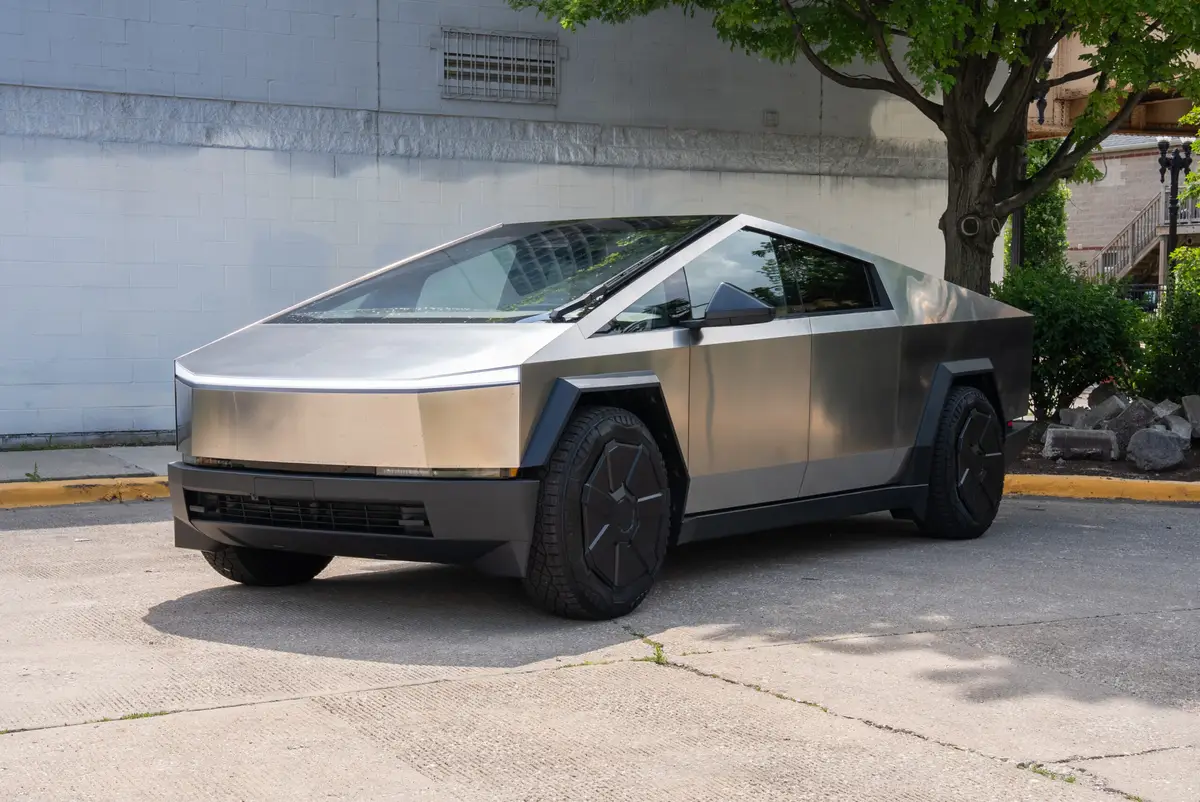washingtonpost.com's view
The car was bright white with a “medium neutral” interior. “Medium neutral” is one of those 1990s colors, a hue between pale tan and pastel gray, the color of weakness.
The color was inappropriate for the car in which it was found, the 1997 Chevrolet Malibu, a potentially strong player in the market for mid-size sedans.
The front-wheel-drive Malibu has many attributes of a value leader — lots of standard equipment, a stylish exterior body, comfortable seating for five and zippy commuter-highway performance, all at a reasonable price.
But those virtues fell victim to obscurity in the test car’s insipidly colored cabin. That was unfortunate, because the shape of the Malibu’s instrument panel, the layout of its center console and the design of its interior door panels were appealing. It’s strange how a thing as seemingly inconsequential as color can lead to displeasure with the whole of what is otherwise delightful. But that happened to me with the Malibu — for a while, anyway.
Deliverance from that bias came on the road to Richmond and points farther south in Virginia, where the Malibu’s talents reasserted themselves and made color a cipher. It was a revealing triumph of substance for which I was, and remain, grateful.
Background: Chevrolet pulled the Malibu’s name from the 1970s in hopes of attracting what its publicists call “informed, thoughtful people” to its newest mid-size car. Luckily, that’s all Chevy borrowed from the 1970s in resurrecting the Malibu. Predecessors, such as the 1971 Malibu coupe, had suspect quality.
But Chevy’s days of lousy quality are over, as evidenced by the latest Malibu. It’s tight and mostly right. It even has the ignition switch mounted in the proper place — on the instrument panel, instead of that awkward, traditional position on the right-hand side of the steering column.
Chevrolet says it “benchmarked” the foreign competition in the design and development of the new Malibu. That means it studied Toyota, Honda and other foreign rivals to determine what they do best in making mid-size cars. Chevy took what it learned from that benchmarking and from consumer surveys and put much of that knowledge into the 1997 Malibu — the interior color of the test model notwithstanding.
It’s evident that Chevy got good information from somewhere. For example, Malibu seat comfort matches that found in some Volvo cars. The dashboard is both attractive and literate — all dials and gauges are well-placed and easily readable. Power switches for the rear-view mirrors are easy to use. The car feels substantial.
The Malibu is sold only as a sedan. It has two trim levels, base and upscale LS. I test-drove the base model, which was equipped with a standard 2.4-liter, in-line four cylinder, twin-cam engine rated 150 horsepower at 5,600 rpm with torque rated 155 pound-feet at 4,400 rpm.
The LS gets a standard 3.1-liter, sequentially fuel injected V-6 rated 155 horsepower at 5,200 rpm with t orque rated 185 pound-feet at 4,000 rpm.
The V-6 operates more smoothly and quietly than the four-cylinder engine. But the four-banger is quite adequate for commuting and highway trips.
Standard brakes on both Malibu models include power front discs/rear drums with anti-lock backup. There is a fully independent, four-wheel-suspension system with McPherson struts and stabilizer bars, front and rear.
Tilt-wheel steering, adjustable front-seat shoulder harnesses and dual front air bags are standard. The rear Malibu bench seat can accommodate two child-protection seats, or three adult bottoms. Remember: Children under 12 years old ride in the back.
Latest news


2025 Tesla Cybertruck Review: Wedge Issues

